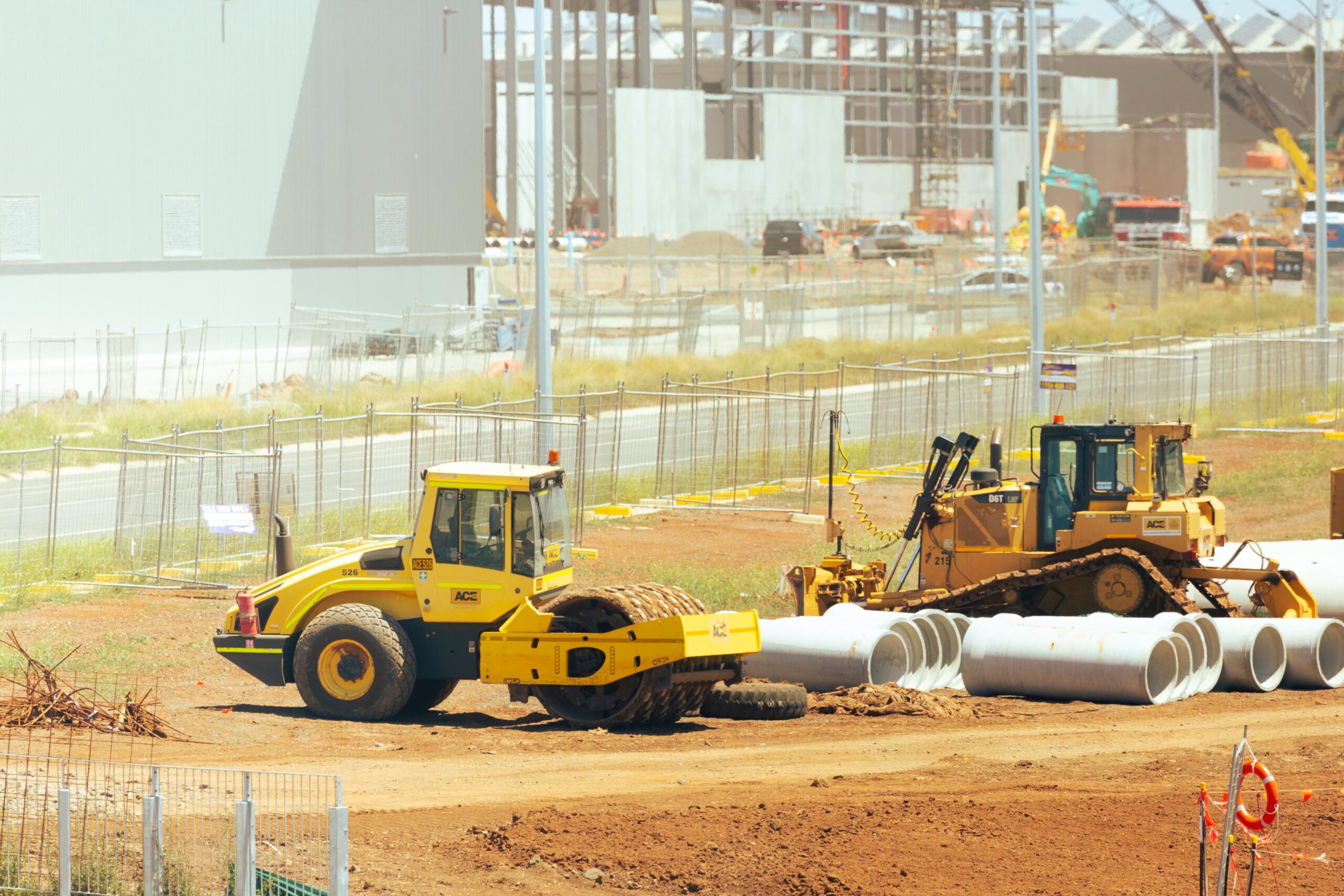Indonesia is forging ahead on its path to achieving carbon neutrality by 2060, or potentially even earlier, by taking significant steps. The country has recently intensified its efforts by raising the target for carbon emission reduction from 29% (835 million tons of CO2) to 32% (912 million tons of CO2) by the year 2030.
The Minister of Energy and Mineral Resources (ESDM), Arifin Tasrif, personally conveyed this crucial update during the COP 28 summit held in Dubai. This commitment signifies the latest Enhanced-Nationally Determined Contribution (E-NDC) from Indonesia.
Arifin Tasrif, while addressing the ETC forum in Dubai, outlined the ambitious plans for the energy sector. Indonesia is now aiming for a 358 million CO2 reduction by 2030, emphasizing the development of renewable energy, energy efficiency, low-carbon fuels, and advancements in clean coal technology.
“In terms of renewable energy potential, Indonesia boasts an impressive 3,687 gigawatts (GW), with solar energy taking the lead at 3,294 GW,” highlighted Arifin.
Acknowledging the importance of tapping into renewable energy, Indonesia achieved a groundbreaking milestone with the completion of the Cirata Floating Solar Power Plant (PLTS) with a capacity of 145 megawatts. This marks the largest facility of its kind in Southeast Asia.
The Cirata project serves multiple purposes, utilizing the reservoir area of the Cirata Hydroelectric Power Plant (PLTA) to generate independent electricity. This contributes to meeting the escalating demand for renewable energy within Java Island’s power system.
In a resolute move against climate change, Indonesia has set forth ambitious targets, aiming to achieve Net Zero Emission by 2060 or sooner. To attain this goal, the government plans to generate 708 GW of electricity, with an overwhelming 96% derived from renewable energy power plants and the remaining 4% from nuclear energy.
The estimated investment required for constructing power plants and associated transmission infrastructure is approximately US$1,108 billion, with an additional investment of US$28.5 billion anticipated until 2060.
Looking towards 2030, the government is committed to the Net Zero Emission goal through a comprehensive strategy. This involves not only the development of the supply side, outlined in the Electricity Supply Business Plan (RUPTL) 2021-2030 but also implementing demand-side measures. These include widespread adoption of electric vehicles, induction stoves, B40 mandates, and enhanced energy management practices across various sectors.
Minister Arifin Tasrif emphasized, “Despite anticipating challenges in technology, supply chains, infrastructure, funding, and incentives, achieving a fair energy transition remains our top priority.”
Additionally, in line with the latest Energy Conservation regulations, Indonesia is expanding energy management obligations for annual energy users. Specific limits are set, such as 4,000 Ton Oil Equivalent/TOE for the industrial sector, 4,000 TOE for transportation, and 500 TOE for the commercial sector.























